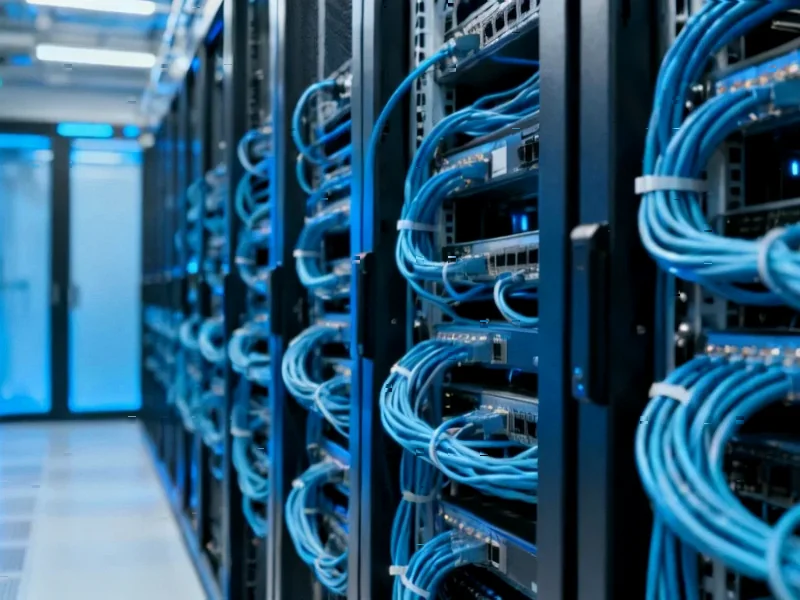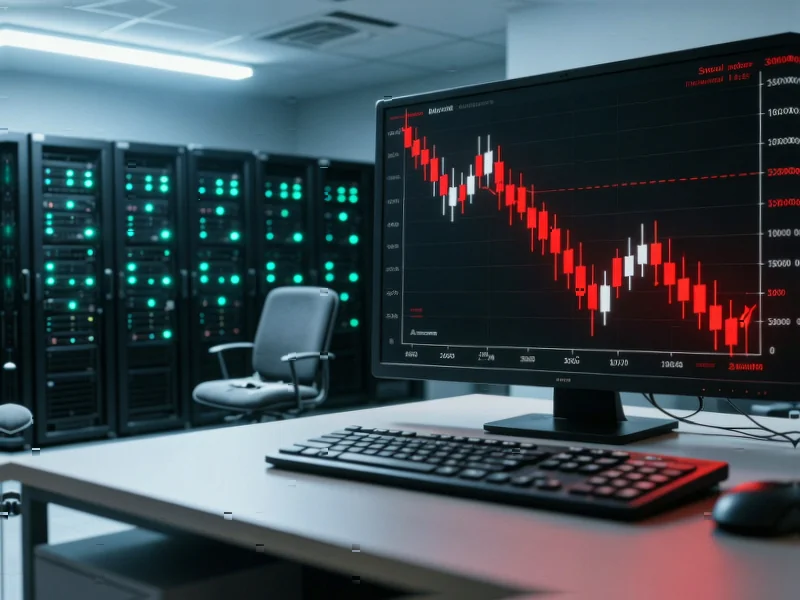According to DCD, Indian utility NTPC has signed a Memorandum of Understanding with CtrlS Datacenters to provide 2GW of renewable energy through its subsidiary NTPC Green Energy (NGEL). The agreement comes as NTPC aims to produce 60GW of green energy by 2032, with NGEL currently contributing around 6GW of the company’s total 84GW capacity. India’s data center market is experiencing explosive growth, with DC Byte reporting only 14% (1.2GW) of the total 8.9GW supply currently operational, while S&P Global estimates data center power demand will grow fivefold by 2030. This landmark agreement signals a major shift in India’s approach to powering its digital infrastructure.
The Green Energy Arms Race Intensifies
This 2GW commitment represents more than just another power purchase agreement—it’s a strategic move that will reshape India’s competitive data center landscape. Major hyperscalers like Microsoft and Google are making massive investments in Indian data centers, but they’re increasingly demanding renewable energy to meet their sustainability targets. CtrlS now gains a significant competitive advantage with guaranteed access to 2GW of green power, which could become a deciding factor for enterprise clients and hyperscale tenants choosing between data center providers. The timing is critical, as India’s data center capacity is projected to surge 66% by 2026 according to JLL research, creating intense competition for reliable, sustainable power sources.
Power Sector Realignment
NTPC’s move through its NGEL subsidiary represents a fundamental shift in how India’s traditional power utilities view data centers. Rather than treating them as just another industrial customer, utilities now recognize data centers as strategic partners that can anchor massive renewable energy projects. The scale of this deal—2GW—is substantial when considering India’s total cumulative power generation capacity of 475GW as of March 2025. This agreement effectively creates a new demand center that can justify the capital expenditure for large-scale renewable projects, potentially accelerating India’s transition away from coal, which currently powers about half of the country’s electricity generation.
The Capital Flow Conundrum
The financial implications of this partnership extend far beyond the immediate players. CtrlS had already announced plans to invest $2 billion over six years in expansion, but securing reliable renewable power at this scale reduces execution risk and makes their expansion more bankable. For investors, this creates a new calculus: data center operators with secured green power arrangements become significantly more attractive than those still negotiating power contracts. We’re likely to see a bifurcation in market valuations between operators with guaranteed renewable energy supplies and those without, particularly as environmental regulations tighten and corporate sustainability requirements become more stringent.
Geographic Power Dynamics
The location strategy for both data centers and renewable energy projects will need careful coordination. While CtrlS operates facilities in Mumbai, Bangalore, Noida, and Hyderabad, renewable energy generation often occurs in different regions with better solar or wind resources. This creates complex logistics for power transmission and could influence where future data center campuses are developed. The emerging pattern suggests we’ll see more strategic partnerships between data center operators and power companies to co-locate facilities or develop dedicated transmission infrastructure, potentially creating new data center hubs in regions previously considered secondary markets.
The Execution Hurdle
Delivering 2GW of renewable energy represents a monumental execution challenge. NTPC’s current installed capacity of 84GW gives it the scale to manage such projects, but the timeline for bringing 2GW of new renewable capacity online will test even this established utility. The agreement comes as India’s data center development pipeline shows 86% of planned capacity still in various stages of development according to DC Byte’s analysis, creating a race against time to ensure power availability matches data center construction schedules. Success here could establish a template for other utilities, while failure might force a reconsideration of India’s ambitious digital infrastructure plans.
Beyond India’s Borders
This partnership has implications extending throughout Asia and the Middle East, where CtrlS is expanding operations. The model of large-scale renewable power agreements between utilities and data center operators could become the standard for emerging markets facing similar energy and digital infrastructure challenges. As other countries in Southeast Asia and the Middle East pursue their own digital transformations, they’ll be watching how effectively India balances rapid data center growth with sustainable energy sourcing. The success or failure of this approach could influence investment patterns and regulatory frameworks across multiple developing economies seeking to attract digital infrastructure investment.




